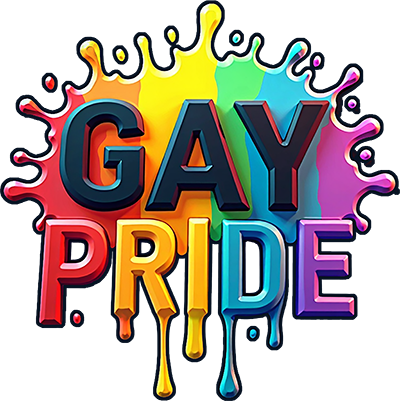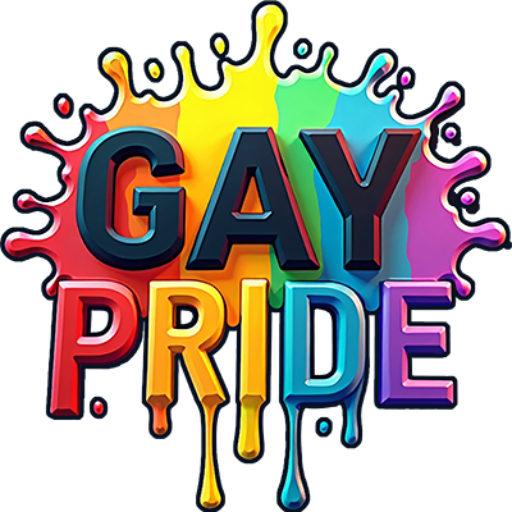Breaking Barriers: LGBTQ Athletes and Sports
In the world of sports, athletes not only compete for glory but also challenge societal norms and break stereotypes. The story of LGBTQ athletes is a testament to courage, resilience, and the relentless pursuit of inclusivity. Join us as we delve into the inspiring journeys of LGBTQ athletes who are changing the face of sports.
Table of Contents
1. Introduction: The Evolution of LGBTQ Representation in Sports
2. Historical Milestones: Paving the Way for Change
3. The Impact of Representation: Why Visibility Matters 🌈
4. Challenges Faced by LGBTQ Athletes
5. Success Stories: Icons and Trailblazers
6. How Sports Organizations are Promoting Inclusivity
7. Conclusion: The Future of LGBTQ Athletes in Sports
8. FAQ Section
Introduction: The Evolution of LGBTQ Representation in Sports
Sports have long been a reflection of societal values, where norms are both challenged and upheld. For decades, the LGBTQ community has fought for recognition and acceptance within this realm. The journey has been arduous but rewarding, as more athletes come out, fostering an environment of acceptance and diversity.
Historical Milestones: Paving the Way for Change
The history of LGBTQ athletes is rich with stories of bravery. In 1975, tennis legend Billie Jean King became one of the first high-profile athletes to come out as gay, setting a powerful precedent. Fast forward to 2013, when NBA player Jason Collins broke barriers by becoming the first openly gay athlete in a major American team sport. These milestones have inspired countless others to live authentically, both on and off the field.
The Impact of Representation: Why Visibility Matters 🌈
Visibility in sports is crucial. It not only provides role models for young LGBTQ individuals but also educates the broader community about diversity. Representation challenges stereotypes and promotes understanding, making sports more inclusive for everyone. As more athletes share their true selves, they inspire a new generation to follow in their footsteps without fear.
Challenges Faced by LGBTQ Athletes
Despite progress, LGBTQ athletes still face significant challenges. Discrimination, homophobia, and transphobia persist in many sports environments. These issues manifest in various ways, from exclusionary policies to hostile locker room dynamics. Additionally, the fear of losing sponsorships or facing backlash can deter athletes from coming out, underscoring the importance of ongoing advocacy and support.
Success Stories: Icons and Trailblazers
The stories of athletes like Megan Rapinoe, Adam Rippon, and Caster Semenya exemplify triumph over adversity. Megan Rapinoe, an outspoken advocate for LGBTQ rights, uses her platform to champion equality. Adam Rippon, the first openly gay U.S. athlete to win a medal at the Winter Olympics, has become a beloved figure for his authenticity and charm. Meanwhile, Caster Semenya’s fight against discrimination in athletics highlights the complexities faced by intersex athletes. These individuals not only excel in their sports but also serve as powerful advocates for change.
How Sports Organizations are Promoting Inclusivity
Recognizing the need for change, many sports organizations are taking strides to promote inclusivity. The International Olympic Committee (IOC) has introduced guidelines to support transgender athletes, while the National Collegiate Athletic Association (NCAA) provides resources for LGBTQ student-athletes. These initiatives, along with Pride nights and anti-discrimination policies, are crucial steps toward creating a more inclusive sports culture.
Conclusion: The Future of LGBTQ Athletes in Sports
The future of LGBTQ athletes in sports is promising. With each passing year, more athletes and organizations commit to fostering an inclusive environment. As society becomes more accepting, sports will continue to be a platform for empowerment and equality. The journey is ongoing, but with continued advocacy and support, the barriers will continue to fall.
FAQ Section
1. Why is representation important for LGBTQ athletes?
Representation provides role models for young LGBTQ individuals and educates the broader community about diversity, promoting an inclusive environment.
2. What challenges do LGBTQ athletes face today?
LGBTQ athletes often encounter discrimination, homophobia, and transphobia, both in policy and social dynamics, which can affect their careers and personal lives.
3. How can sports organizations support LGBTQ athletes?
Organizations can support LGBTQ athletes by implementing inclusive policies, providing educational resources, and promoting visibility through events and campaigns.
4. Who are some prominent LGBTQ athletes?
Athletes like Megan Rapinoe, Adam Rippon, and Caster Semenya are notable figures who have made significant contributions both in sports and LGBTQ advocacy.
5. What is the role of allies in supporting LGBTQ athletes?
Allies play a critical role by advocating for inclusivity, challenging discriminatory practices, and supporting LGBTQ athletes in their pursuit of authenticity and success.

